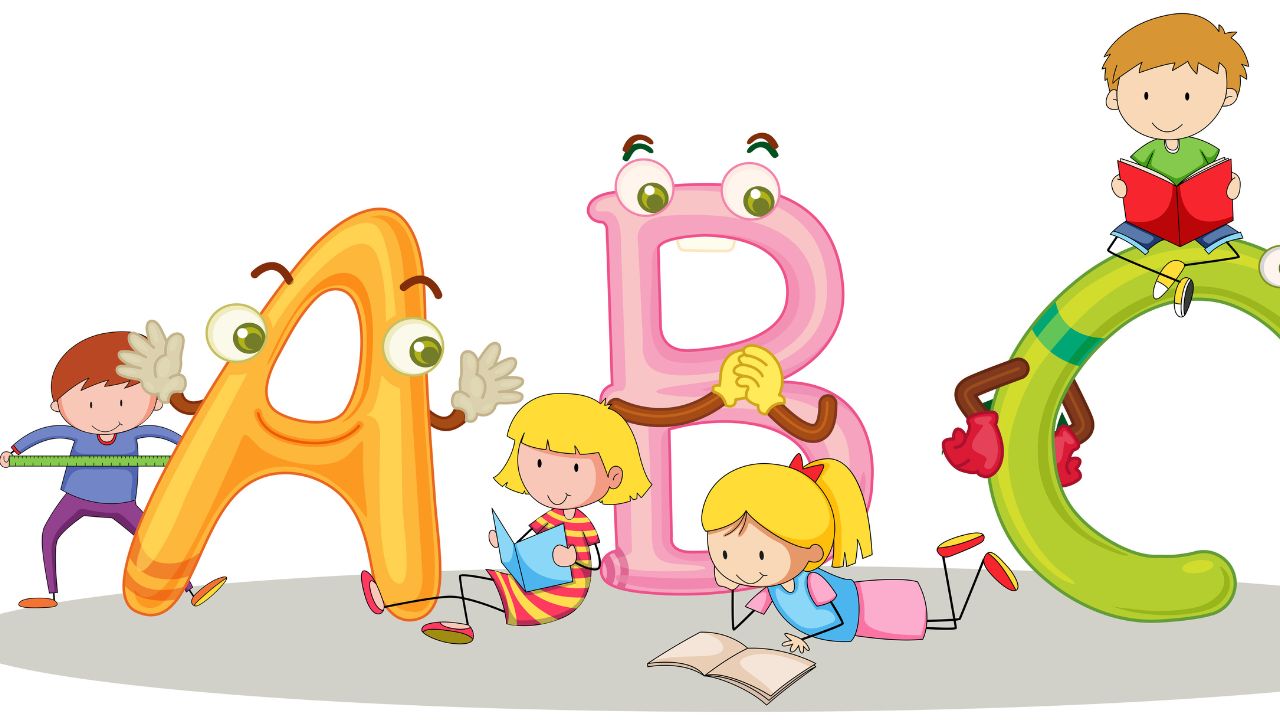Exploring the world of alphabets beyond the familiar English script unveils a rich tapestry of linguistic diversity and cultural heritage. From the intricate characters of Chinese to the melodious scripts of Arabic, each alphabet system offers a unique window into the identity and history of its language.
In this article, we delve into the fascinating realm of alphabets in various languages, examining their origins, structures, and significance. Join us on a journey to discover the beauty and complexity of alphabets worldwide.
1. Introduction to Alphabets in Other Languages
Overview of Alphabet Systems
Alphabets are like the ingredients that spice up the flavorful dish of language. They’re the building blocks that make up written communication across the globe. These diverse systems range from simple and familiar to complex and intriguing.
Diversity of Alphabets Worldwide
Just like snowflakes, no two alphabets are exactly alike. From the elegant curves of Arabic script to the blocky characters of Cyrillic, the world is a treasure trove of alphabetic diversity. Each alphabet reflects the unique cultural tapestry of its language.
2. Comparison of Alphabets in Various Languages
Alphabets in Non-Latin Script Languages
While many of us are well-acquainted with the Latin alphabet used in English, other languages march to the beat of different letter systems. The beauty of alphabets like Devanagari, Hangul, or Kanji lies in their ability to tell stories and shape identities.
Differences in Alphabet Structures
Alphabets aren’t cookie-cutter shapes. They vary in the number of characters, how sounds are represented, and even the direction in which they’re written. Whether it’s right-to-left or top-to-bottom, each alphabet has its own quirky charm.
3. Evolution of the English Alphabet
History of English Alphabet Development
The English alphabet didn’t pop into existence overnight like a literary magic trick. It has a rich history that involves borrowing letters from Latin, Old English runes, and even the Ancient Greeks. Talk about a linguistic potluck!
Influences on English Alphabet Design
English is like a linguistic magpie, picking up shiny alphabet bits from various cultures along its tumultuous history. From Viking invaders to French conquerors, each influence shaped and molded the English alphabet we know today.
4. Unique Features of Alphabets in Different Languages
Tonal Alphabets
Some alphabets aren’t just about shapes on a page; they also carry musical tones. Tonal alphabets, like those used in Thai or Vietnamese, add a whole new dimension to language by using pitch to differentiate meanings. It’s like language and music had a beautiful baby!
Syllabic Alphabets
Forget spelling out individual sounds; syllabic alphabets like Japanese kana group sounds together into tidy packages. Each character represents a syllable, making reading and writing a more streamlined and rhythmic experience. Who knew alphabets could be so poetic?
5. Importance of Understanding Multiple Alphabets
Cultural Appreciation through Alphabets
Understanding different alphabets allows us to delve deeper into various cultures. Each alphabet carries a rich history and unique aesthetics that can provide insights into the traditions and values of a particular community.
Enhanced Cognitive Skills from Multilingualism
Learning multiple alphabets through different languages can sharpen cognitive abilities. It challenges the brain to adapt to diverse writing systems, improving memory, problem-solving skills, and multitasking abilities.
6. Challenges and Benefits of Learning Different Alphabets
Overcoming Script Barriers
One of the main challenges of learning different alphabets is overcoming script barriers. Each alphabet has its own set of characters and rules, requiring dedication and practice to master. However, by pushing through these barriers, learners can open doors to new linguistic possibilities and expand their horizons.
Advantages of Cross-Alphabet Proficiency
Proficiency in multiple alphabets opens up a world of benefits. It enhances communication skills, boosts career opportunities, and fosters a deeper understanding and appreciation of global diversity. Being able to navigate various alphabets can also facilitate travel experiences and broaden cultural awareness.
7. Practical Tips for Mastering Alphabets in Various Languages
Effective Learning Strategies
To master alphabets in different languages, consistency is key. Practice regularly, break down characters into manageable chunks, and create mnemonic devices to aid memory retention. Immerse yourself in the language and alphabets through reading, writing, and listening to native speakers.
Resources for Alphabet Acquisition
Utilize a range of resources to enhance your alphabet acquisition journey. Online language platforms, flashcards, language exchange programs, and language learning apps can provide valuable support and practice opportunities. Engaging with native speakers and joining language communities can also offer real-world practice and cultural insights.
As we conclude our exploration of alphabets in different languages, we are reminded of the beauty and richness that diverse scripts bring to our understanding of the world. Embracing the challenge of learning new alphabets not only expands our linguistic abilities but also deepens our appreciation for the cultures that gave birth to these intricate systems of communication. Let us continue to celebrate and learn from the alphabets that connect us to our global community, fostering understanding and unity through the power of language.
Final thoughts
Languages are the intricate tapestry woven from cultures, histories, and identities, and their alphabets and letters play a crucial role in this vibrant narrative. Each script, whether it be the elegant curves of Arabic, the block characters of Mandarin, or the familiar Latin letters, reflects the unique phonetic and syntactic structures of its language, serving as both a tool for communication and a symbol of heritage. The evolution of alphabets, from ancient hieroglyphs to modern written forms, underscores humanity’s relentless quest for understanding and connection. As we navigate through the diverse landscape of languages, it becomes evident that each letter bears the weight of centuries of thought, creativity, and expression.
Grow Inn Steps Preschool is a nurturing environment designed to foster the growth and development of young children. Emphasizing a holistic approach to early education, the preschool blends play-based learning with structured activities to promote cognitive, emotional, and social skills. Educators at Grow Inn Steps understand the importance of individualized attention, ensuring that each child’s unique needs and interests are met, allowing for a personalized learning experience that ignites curiosity and creativity.
